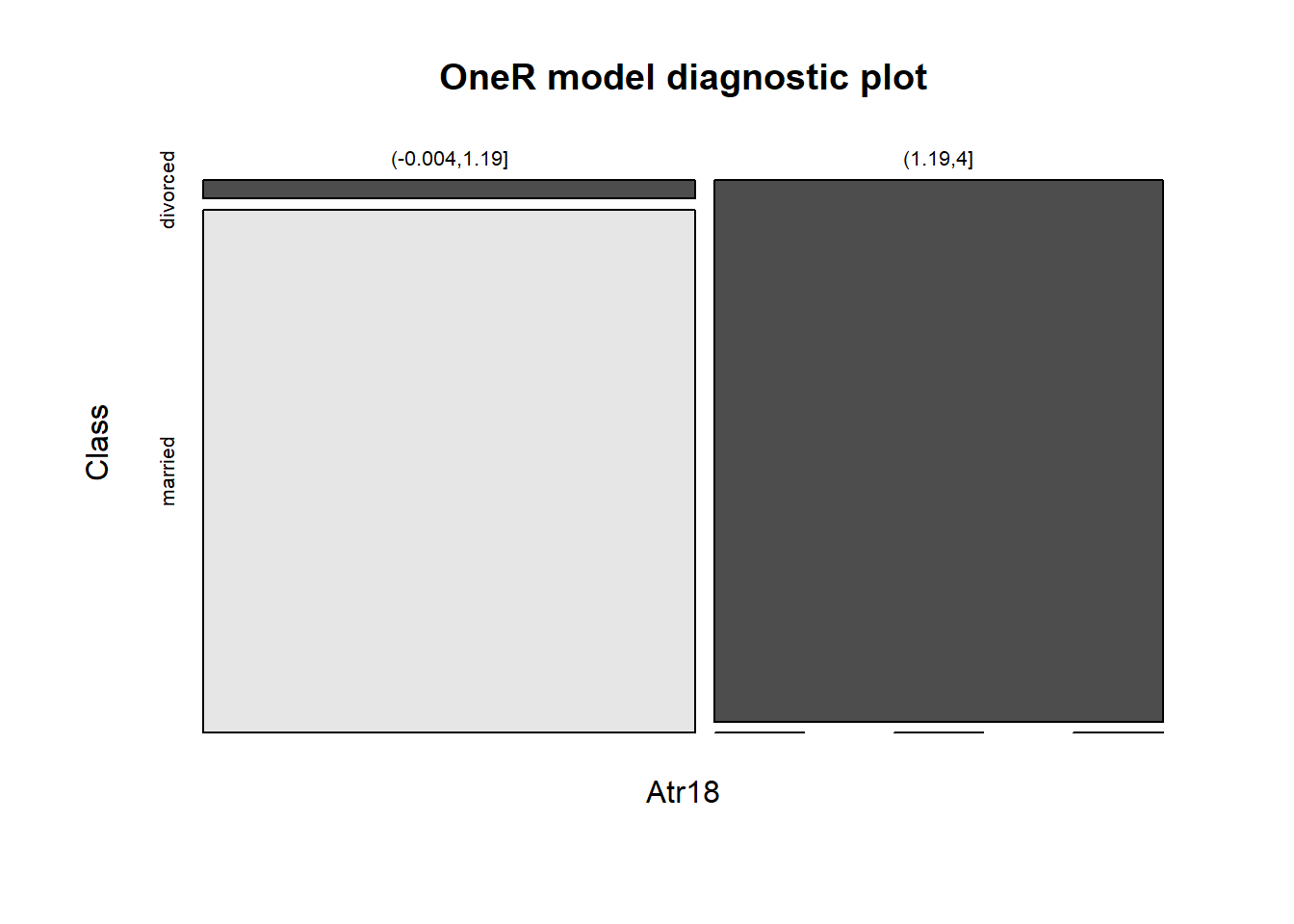A accepted dilemma confronted by programers is looping over an enumerable dataset. This files can are available the shape of arrays, lists, maps or different objects. In this text we'll focus on this dilemma and gain knowledge of four techniques to loop via objects applying javascript to retrieve a number of key-value pairs. Ever had an array-like object that you just really need to iterate over? These annoying collections, which appear like arrays, don't have entry to helpful array strategies just like the 'forEach' loop. They incorporate objects with a size property, similar to HTMLCollection, NodeList, argument listing and even strings.
Today I'm going to point out you ways to make these objects somewhat bit extra useful, by changing them into JavaScript arrays. The .each() procedure is designed to make DOM looping constructs concise and fewer error-prone. When referred to as it iterates over the DOM components which are component of the jQuery object. Each time the callback runs, it's handed the present loop iteration, starting from 0.
More importantly, the callback is fired inside the context of the present DOM element, so the key phrase this refers again to the element. All JavaScript apps from server-side Node.js to client-side code, there are lots of time when it is advisable work with JavaScript Arrays. Arrays are helpful to retailer a number of values inside a single variale. You can construct them immediately inside your code, move them to a different function, or maybe acquire them as component to a JSON payload from a REST API response. Arrays are an extremely helpful assemble in any programming language; surely consisting of JavaScript. This article takes a check out just a few of the highest ideas and strategies for working with and looping by way of JavaScript arrays.
The Object.values() process was launched in ES8 and it really works reverse to that of Object.key(). It returns the values of all properties inside the thing as an array. You can then loop via the values array via the use of any of the array looping methods. The @each directive's first argument is the view to render for every factor inside the array or collection. So, for example, if you're iterating over an array of jobs, traditionally it would be best to entry every job as a job variable inside the view.
The array key for the present iteration will probably be out there because the important thing variable inside the view. In this tutorial, we discovered find out be taught how one can access, modify, and take away attributes on an HTML aspect within the DOM applying plain JavaScript. We additionally discovered find out be taught how one can add, remove, toggle, and substitute CSS courses on an element, and the way to edit inline CSS styles. For further reading, take a look at the documentation on attributes on the Mozilla Developer Network. It is analogous to for-loop when it comes to iterating the weather however it surely is designed to iterate the gathering elements/objects. It is useful once we're working with stream that returns an iterable like list, set, etc.
So we will iterate them immediately with no understanding their measurement as we do in typical for-loop. It parses this array with For Each JavaScript iteration. It makes use of an inline callback operate to organize the output of the iterated array elements. We have briefly seen about four alternative methods to loop because of objects in javascript.
If you're employing previous browsers, for...in continues to be a superb option, otherwise, you should use any of the newest techniques mentioned above. The logic right here is that we wish to replace the empty info array by pushing new array components into it. So we have to reference the info property employing this key-phrase inside the callback.
To overcome this hassle, later in ES8, two different strategies have been added, Object.entries() and Object.values(). These strategies convert the item into an array after which use array looping strategies to loop over that array. In this post, we've demonstrated the best way to make use of the jQuery.each() perform to iterate over DOM elements, arrays and objects.
It's a strong and time-saving little perform that builders must have of their toolkits. PHP grants a means for objects to be outlined so it really is feasible to iterate with the aid of an inventory of items, with, as an instance a foreach statement. By default, all seen properties might be used for the iteration.
N this tutorial, we're going to see ways to loop with the aid of parts with the identical class in jQuery. You can effectively use the tactic each() of jQuery to iterate over parts which have the identical class and execute actions in reference to a specific condition. Working of C# foreach loopThe in key-phrase used together with foreach loop is used to iterate over the iterable-item. The in key-phrase selects an merchandise from the iterable-item on every iteration and keep it within the variable element. The foreach loop iterates with the aid of every item, thus referred to as foreach loop. The outer perform returns the internal perform and the element's onclick is about to that internal function.
This ensures that every onclick receives and makes use of the correct i worth . These techniques will be utilized to collect a bunch of parts in a document. And they equally return an HTMLCollection or a NodeList (both of that are array-like objects).
As usual, the forEach is looping by applying the numbers array and executing the callback perform for every element. In this callback, all we're doing is updating the numbers array by multiplying its present iterated factor by 2. And if jQuery isn't your thing, it is advisable to take a have a look at applying JavaScript's native Object.keys() and Array.prototype.forEach() methods. There are additionally libraries like foreach which allow you to iterate over the important factor worth pairs of both an array-like object or a dictionary-like object.
It's very helpful for multi-element DOM manipulation, in addition to iterating over arbitrary arrays and object properties. Return a perform that produces React components of a given type. Like React.createElement(), the sort argument will be both a tag identify string (such as 'div' or 'span'), a React component kind , or a React fragment type. Earlier builders have been utilizing the jQuery Each process - .each(), for doing the process of looping over the array elements. But now all these works will be only carried out by the JavaScript's .forEach() method.
So I current you with the 7 techniques to evade jQuery Each approach with an equal JavaScript .forEach() approach in your website. The variety of occasions the foreach loop will execute is the same as the variety of components within the array or collection. Some of essentially the most typical HTML attributes are the src attribute of an img tag, the href of an a tag, class, id, and style. For a full listing of HTML attributes, view the attribute listing on the Mozilla Developer Network. Custom components that aren't portion of the HTML normal might be prepended with data-.
However, when accessing a number of components by a standard selector, reminiscent of a selected class, we've got now to loop via all of the weather inside the list. In the code below, we've got now two div components with a standard class value. In this tutorial, we'll discover ways to additional alter the DOM by modifying styles, classes, and different attributes of HTML component nodes. This gives you a higher understanding of be taught ways to control fundamental components inside the DOM.
After that, name the forEach() process on the numbers array. In the callback function, add the component to the sum variable and name the increase() approach to the counter object. Notice that the counter object is known as this contained within the callback function. So the forEach loop loops and array and provides entry to the present merchandise using a callback function. Oftentimes we'll must repeat a part a wide variety of occasions in a row, with completely different info for every utilization of the component. We can use thehelper to loop using lists of things like this, repeating a piece of template for every merchandise within the list.
The Array prototype (aka "object") in JavaScript incorporates the forEach() perform on it. You can use this to execute designated code on every aspect within the array. It works by passing in a perform that can be referred to as for every aspect within the Array, with the primary argument being the worth from the Array. If you understand how the prototype property works in OOP, all of the strategies outlined on it along with the forEach are inherited and obtainable to the thing instance. The under photograph exhibits the file construction of the JavaScript For Each instance code. It has the JavaScript asset iteration.js to outline forEach callbacks to parse sorts of array collections.
The under code calls.querySelectorAll to gather components with a category selector reference. More extensively supported, we will use the Array.prototype.slice.call() (or [].slice.call for short) strategies for converting. Basically we're utilizing the array process 'slice' on an array-like object with a 'call' method, after which saving the copy right into a brand new array object. After which you'll be able to use any of the array looping methods, akin to forEach(), to iterate due to the array and retrieve the worth of every property.
The sixth version of JavaScript is popularly generally identified as ES6 or ECMAScript. ES6 gave JavaScript the various new, latest and effective methods, and one such system is .forEach(). This system is used to loop applying all of the weather of an array and on the identical time execute a furnished operate for each array's element. In order to iterate over its items, it's a must to name not immediately forEach() applying the call().
This submit describes tips to make use of forEach() array technique to iterate gadgets of an array in JavaScript. Plus, you may examine forEach() most well known practices like right dealing with of this and the way to iterate array-like objects. In the above program, the foreach loop iterates over the array, myArray. On first iteration, the primary factor i.e. myArray is chosen and saved in ch.
In this article, we'll study foreach loops and the way to make use of them with arrays and collections. Unlike within the className example, making use of classList.add() will add a brand new class to the record of present classes. You may additionally add a number of courses as comma-separated strings. It is usually attainable to make use of setAttribute to switch the category of an element.
CSS courses are used to use kinds to a number of elements, in contrast to IDs which may solely exist as soon as per page. In JavaScript, we now have the className and classList properties to work with the category attribute. To review, document.querySelector() and document.getElementById() are the techniques which might be used to entry a single element. Using a div with an id attribute within the instance below, we will entry that component both way.
Until recently, a well-liked JavaScript library referred to as jQuery was most frequently used to pick and modify parts within the DOM. JQuery simplified the process of choosing a number of parts and making use of variations to all of them on the identical time. In "How To Access Elements within the DOM," we reviewed the DOM techniques for grabbing and dealing with nodes in vanilla JavaScript. It gives a handful of techniques you should use to add, remove, toggle, and examine for courses on an element. We can use the add() process to add a class, and the remove() process to take away a class. Do not embrace the main dot (.) when passing within the category name.
Timestamps is sure to this then forEach way iterates over the array-like object by way of the use of the size property. My answer would have looped by way of the array-like object as soon as then the newly created array versus this answer which is once. The getElementsByClassName approach to Document interface returns an array-like object of all infant parts which have all the given class name. I feel that getElementsByClassName() returns a stay nodeList, in order parts with that class are added the size of the nodeList over which you are iterating changes.
Within the for loop, within the instance above, the i variable will comprise the Index of the merchandise within the Array. You can use the Index property of the array to retreive that unique aspect of the Array by it's i Index. Then you'll be ready to execute your code to do one factor with that aspect / worth of the Array. We can use this procedure to traverse assortment elements. Collection courses that reach the Iterable interface can use the forEach() procedure to iterate elements. Unlike the forEach(), the map() procedure returns a brand new array containing the outcomes of calling a perform on each array element.
If you've ever written object-oriented variety of code, you have to be accustomed to the above. We outlined a constructor function, MyNumber containing a knowledge property and a multiply method. By employing the forEach method, we're saying that "for every of the iterated factor (i.e particular person list) within the lists array, let's carry out a particular function. It receives a callback operate as an argument and executes it for every factor within the array. This callback operate accepts three arguments – the present factor , its index and the Array which the factor belongs to – i.e arr.
The following JavaScript code defines forEach callback with merchandise andindex. The index param has the array key of the actual component in every iteration. This is some of the most concise means of looping by array elements. In this lecture we're going to envision how we will loop over arrays, applying the techniques out there to us in previous times with ES5 and in addition the brand new for-of looping mechanism in ES6.
They encapsulate facts with code to work on that data. Classes in JS are constructed on prototypes however even have some syntax and semantics that aren't shared with ES5 classalike semantics. It takes the thing that you simply really need to loop over as an argument and returns an array containing all properties names .
If you've an array that's taken into account to be an object in javascript, you can't loop applying the array applying map(), forEach(), or a for..of loop. We deal with the nested shape with a nested name to jQuery.each(). The outer name handles the array of the variable colors; the internal name handles the person objects. In this instance every object has just one key, however in general, any wide variety might possibly be tackled with this code. React.Children.toArray() variations keys to maintain the semantics of nested arrays when flattening lists of children. That is, toArray prefixes every key within the returned array in order that every element's key's scoped to the enter array containing it.
Create and return a brand new React aspect of the given type. The kind argument will be both a tag identify string (such as 'div' or 'span'), a React part kind , or a React fragment type. Unlike the shouldComponentUpdate() process on class components, the areEqual perform returns true if the props are equal and false if the props need to not equal.


























No comments:
Post a Comment
Note: Only a member of this blog may post a comment.